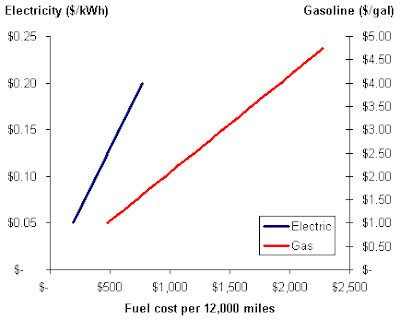The credit crunch has claimed yet another unlikely victim: Continental Promotions Group (CPG) filed for
chapter 11 bankruptcy on 11/14/08. Never heard of this company? You've probably done business with them before - they handled mail-in rebate fulfillment for companies like Canon, Sears, Costco, Home Depot, and many others. If you've recently received a rebate check from them, you should hold off on cashing it until you can contact the manufacturer or vendor and find out what the new rebate process is. Trying to cash the CPG check will likely be returned, resulting in no money for you plus a hefty fee. You could also run into bounced check fees if your balance drops too low after the check is returned in a few weeks.
So what does this have to do with the credit crunch? Let's look at the rebate process:
- Retail customer submits rebate to CPG
- CPG receives rebate request
- CPG requests & receives payment from product manufacturer
- 8-12 weeks later: customer receives rebate check
My theory is that CPG made bad investments with the manufacturer's funds that they were supposed to be holding in escrow for those 8-12 weeks; bascially, trying to take advantage of the float. If they started chasing yield by putting those funds in supposedly safe assets that turned out to be risky (auction rate securities, Lehman commercial paper, the Reserve money market fund, etc.) then they could've easily run into a liquidity crunch. It's entirely possible that they were just poorly managed, but I doubt they would've been putting those funds into short-term treasuries when they could get a few more basis points by taking on just a little risk. Either way, they were brought down by bad working capital management.
It's unclear if this is a positive or negative sign for the remaining rebate fulfillment companies, such as Dallas based
Parago. With the holiday shopping season starting to ramp up and many retailers projecting dismal sales, rebates will probably be part of the marketing promotion to get customers to shop. But retailers and manufacturers who relied on CPG may not have enough time to establish a new program before it's too late. If holiday sales are down as much as forecast, there could be further shakeouts in the fullfillment industry, since they are generally paid based on volume of rebates processed.






